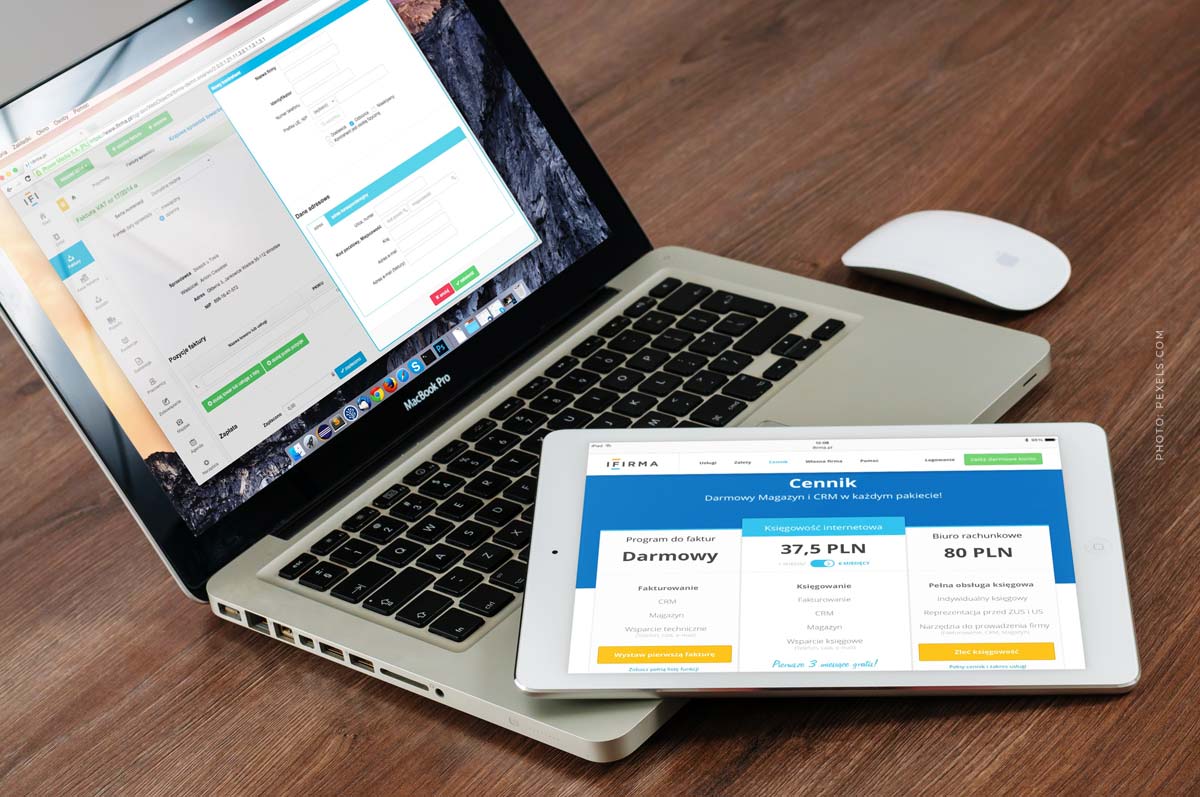Pay per Lead (PPL): Billing Model – Definition, Function and Advantages and Disadvantages
Pay per lead (PPL) is a billing model that is used in affiliate marketing, for example. The affiliate receives his commission when a user has performed a certain action on his website, such as signing up for a newsletter or downloading a file.
How does pay per lead work?
The model includes an advertising measure that is only remunerated when the desired action takes place. Clicking on the advertisement alone is not taken into account. These actions can be registrations, sign-ups, orders for newsletters or requests for advertising materials. In other words, the user must first click on a link and perform a specific action on the website, as the focus is on qualified customer contacts. The remuneration runs on the basis of a commission, which is determined in advance. Accordingly, the placement of banners is free of charge.
Advantages and disadvantages of pay per lead
The billing model brings some advantages, as well as disadvantages. You can find them listed here.
Advantages – why is PPL worth it?
- In contrast to Pay per Click, this ensures that the user actually performs the desired action.
- Contact is more intense, through the real interaction
- For affiliates better quality contacts are remunerated higher
- Provides the possibility to generate contact details of a user
Disadvantages – why should you leave it alone?
- Affiliates cannot verify the existence of a PPL, since in most cases they do not have access to the redirected page, therefore this model is based on trust.
- Placement of, for example, banners for redirection is mostly free of charge, thus there is less advertising space and even less profit
- Simply clicking on the banner does not generate revenue yet
Conversion rate is lower than, for example, with pay per click









